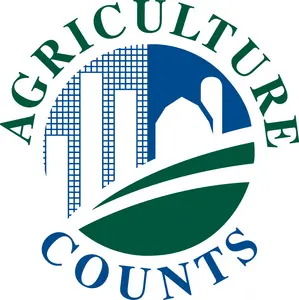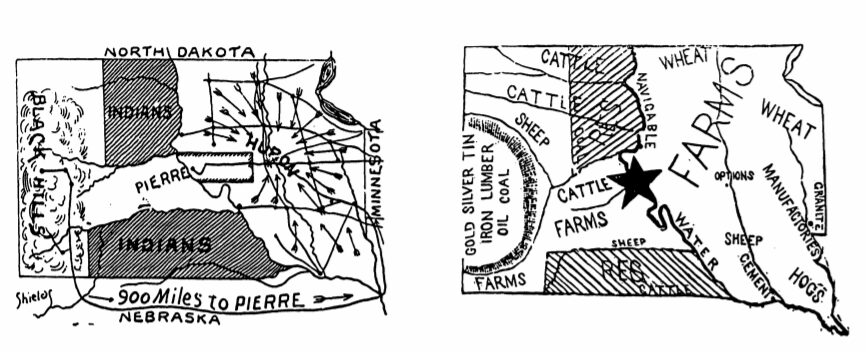As of January 1, 2025, the vast plains of South Dakota teemed with 3.55 million cattle and calves, marking a significant 3% increase from the previous year. This growth, observed by the USDA’s National Agricultural Statistics Service, underscores the state’s commitment to maintaining its rich agricultural heritage.

USDA National Agricultural Statistics Service
In a detailed breakdown, the number of cows and heifers that had calved amounted to 1.67 million head, marking a 2% decline from the previous year. Specifically, beef cows numbered 1.46 million, revealing a 3% reduction from the prior year. Conversely, milk cows exhibited a positive trend, increasing by 2% to a total of 215,000 head. This variance demonstrates shifts in demand and production efficiency within South Dakota’s dynamic agricultural sector.
The cattle sector plays a crucial role in the economy of South Dakota, a state known for its rolling prairies and traditional farming culture. With a 10% rise in heifers weighing 500 pounds and more, totaling 800,000 head, South Dakota’s ranchers have positioned themselves for a significant increase in future beef production. This is coupled with an increase in steers weighing 500 pounds and over, which grew by 3% to 710,000 head.
Bulls, weighing 500 pounds and over, remained steady at 100,000 head, maintaining last year’s numbers, indicating a balanced breeding stock. Additionally, calves under 500 pounds showcased a remarkable 23% increase, totaling 270,000 head as of January 1, 2025, hinting at future growth potential in the cattle industry.
Furthermore, the state reported 435,000 head of cattle on feed intended for slaughter in South Dakota feedlots, reflecting a 4% increase from the previous year. Such statistics highlight the state’s robust meat processing industry, which is a significant driver of economic activity in regions like Madison, known for its beef processing plants.
Despite such gains, the 2024 calf crop witnessed a 2% decline, totaling 1.62 million head, compared to 2023. This slight downturn suggests the impact of various factors such as feed costs and market demand influencing calf production. Nevertheless, South Dakota’s farmers are well-acquainted with climate variability and market fluctuations, continuously adapting to maintain their livelihoods.
South Dakota, beyond its cattle farming, is cherished for its close-knit communities and scenic landscapes, which foster a thriving rural lifestyle. Its people, deeply tied to the land, balance modern advancements with age-old farming practices, ensuring sustainability and economic resilience. The steady increase in milk production signals an emphasis on dairy farming, contributing to local economies and providing employment opportunities in rural areas.
For further details and comprehensive statistics, readers are encouraged to access the National publication for this release here and the National Executive Briefing here.
As South Dakota continues to build upon its agricultural legacy, residents and businesses alike are poised to harness emerging trends, ensuring the state remains a cornerstone of American cattle production and farming innovation.
By leveraging advanced farming techniques and insights from reports like these, the state reinforces its role as a leader in the national agricultural scene, driving growth while preserving its remarkable heritage.
